11 Tips for Growing the Perfect Strawberry Patch
Growing a thriving strawberry patch requires attention to detail and a few key practices that will help your plants flourish. From choosing the right location to providing consistent care, these steps can make all the difference in your strawberry harvest. Whether you are a beginner or an experienced gardener, following the right tips will ensure healthy plants and a bountiful yield. With the right approach, you can enjoy sweet, homegrown strawberries season after season.
This post may contain affiliate links, which helps keep this content free. Please read our disclosure for more info.
Choose the Right Strawberry Variety
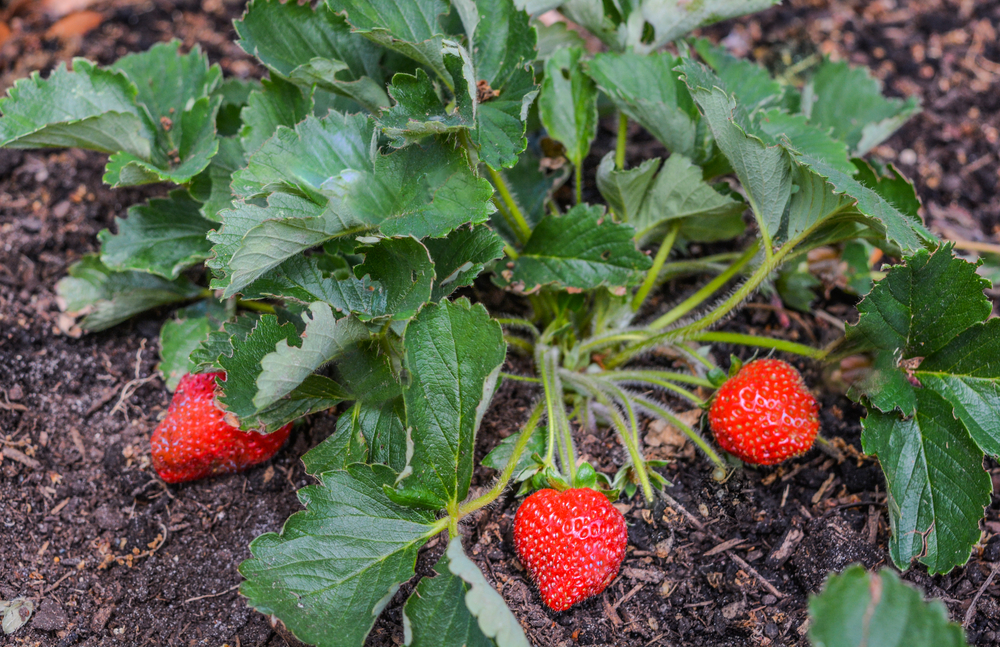
Selecting the right strawberry variety is essential for a successful harvest. June-bearing strawberries are the most popular, producing a large, concentrated crop once a year, typically in late spring or early summer. However, if you prefer to have strawberries throughout the season, everbearing and day-neutral varieties may be more suitable. Everbearing strawberries produce two to three smaller harvests per year, while day-neutral plants bear fruit continuously from spring until the first frost. Each type has its advantages, so understanding your local climate and growing conditions will help you choose the most suitable variety.
Choosing the right variety also ensures that your strawberries perform well under specific environmental conditions. For example, some varieties are more resistant to diseases or pests, while others might better tolerate heat or cold. By selecting a variety suited to your specific needs, you are more likely to have a productive, healthy strawberry patch.
Select a Sunny Spot
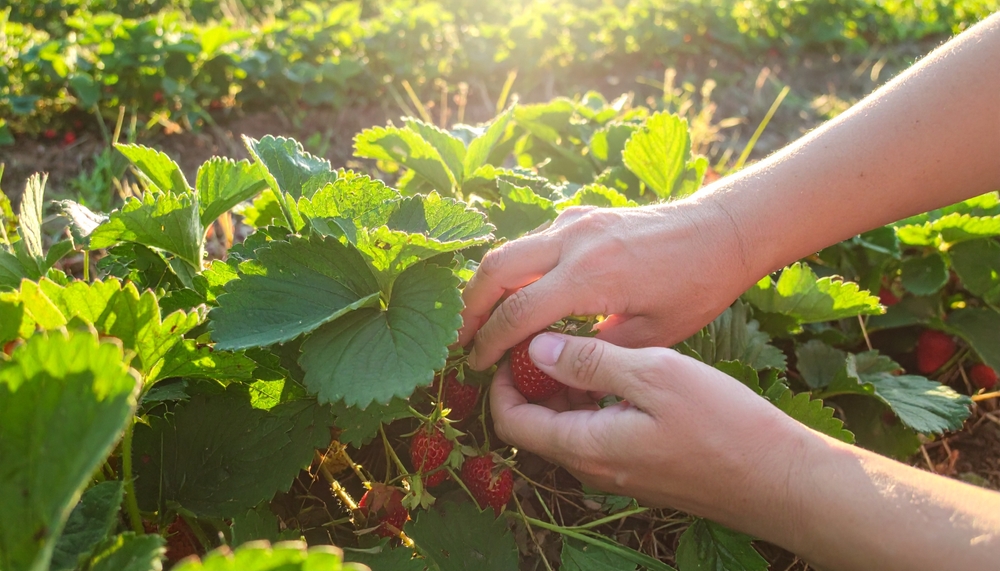
Strawberries require a lot of sunlight to grow well and produce high-quality fruit. Ideally, your strawberry patch should be located in a spot that receives at least 6-8 hours of direct sunlight each day. Sunlight encourages strong plant growth, helping the strawberries develop sweetness and flavor. Without sufficient light, your plants may produce weak, leggy growth and fewer fruits.
Choosing a sunny location also helps prevent fungal issues. Shady areas tend to have higher humidity and moisture levels, which create a perfect environment for fungal diseases like powdery mildew or botrytis. A well-lit spot encourages healthy plant growth, and the sun’s warmth will help keep the soil dry, reducing the chances of these diseases taking hold.
Prepare the Soil
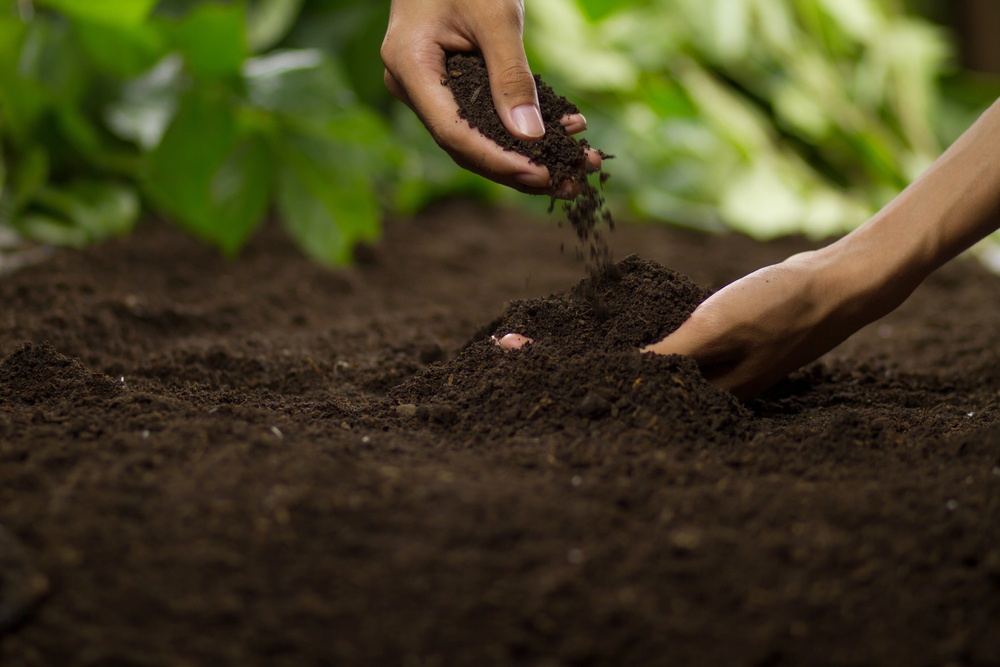
For strawberries to grow well, they need slightly acidic, well-drained soil. The ideal pH for strawberry plants is between 5.5 and 6.8, as this range helps them absorb nutrients efficiently. You can test your soil using a pH testing kit and, if needed, adjust the pH by adding sulfur to make it more acidic or lime to make it less acidic. Preparing your soil with organic matter such as compost or well-rotted manure will improve its fertility and texture, creating an optimal environment for strawberry plants.
In addition to adjusting the pH, it is crucial to ensure the soil drains well. Strawberries do not like soggy soil, as it can lead to root rot and other diseases. Amending the soil with organic materials will improve drainage and help the roots establish themselves. You can also consider planting strawberries in raised beds to further enhance soil drainage and prevent waterlogging.
Improve Drainage
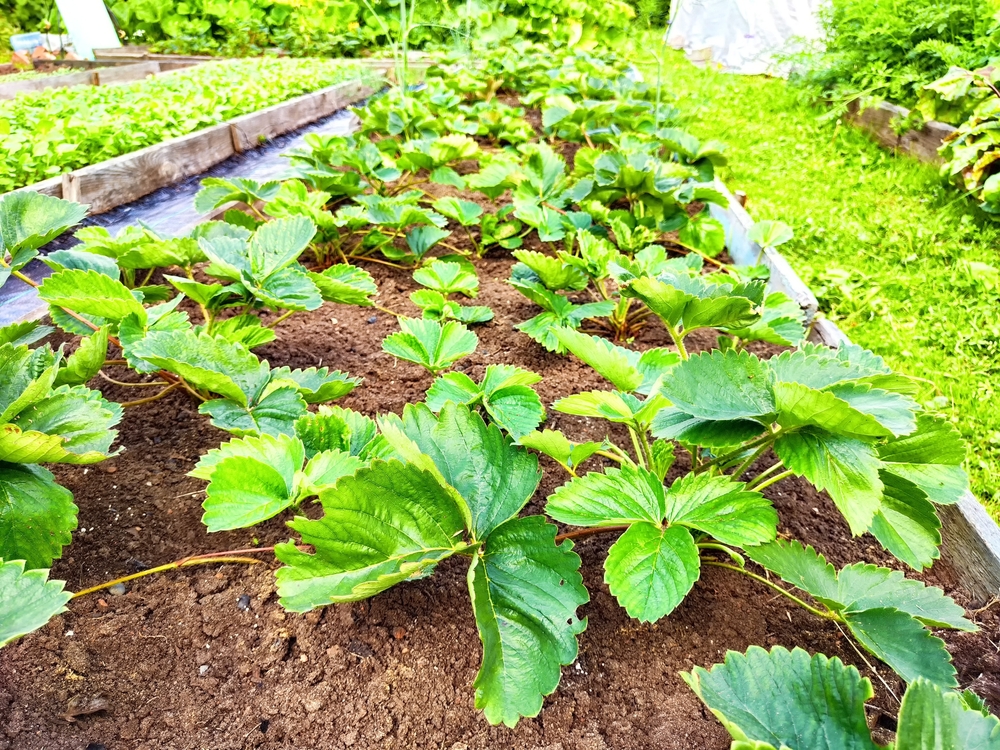
Good drainage is vital to the health of strawberry plants. If the soil does not drain well, the roots can become waterlogged, leading to disease and poor growth. If your soil is heavy, clay-like, or prone to compacting, planting strawberries in raised beds is a great way to improve drainage. Raised beds allow the water to flow freely, preventing the roots from sitting in stagnant water and reducing the likelihood of root rot.
Even in well-drained soil, excess water can still become a problem during heavy rainfall. Adding organic matter such as compost or well-rotted manure to the soil will improve its structure and help it retain moisture without becoming too wet. The improved soil texture will give strawberry plants the best chance to thrive and produce bountiful harvests.
Space Your Plants Correctly
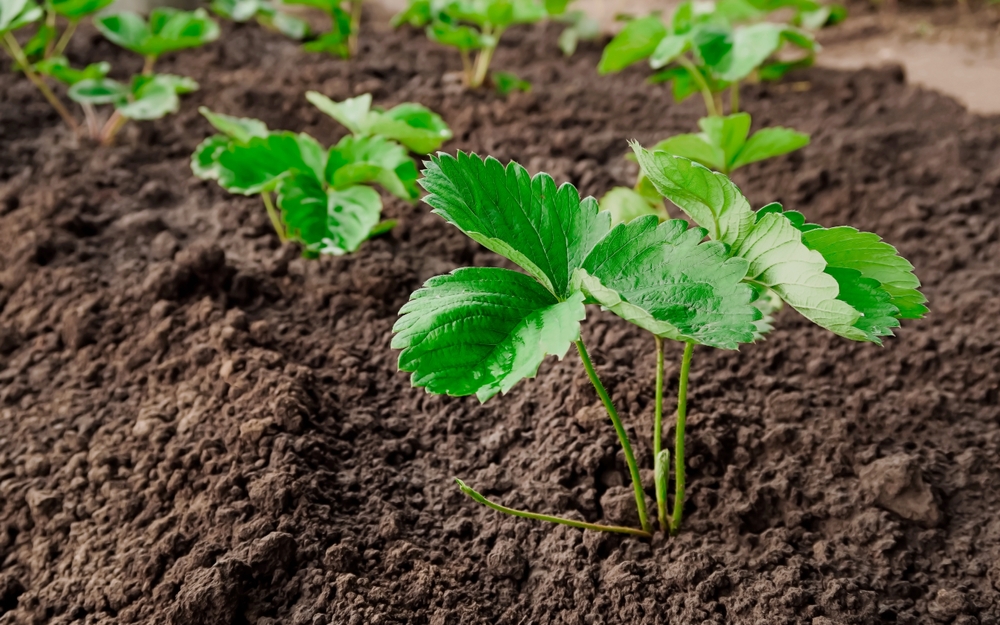
Proper spacing is essential for healthy strawberry plants. When planting strawberries, ensure that there is enough room for each plant to spread out. A spacing of 12-18 inches between plants allows for proper air circulation, which reduces the likelihood of diseases like powdery mildew and botrytis. Crowded plants are also more likely to compete for sunlight, water, and nutrients, which can result in poor growth and fewer fruits.
Additionally, properly spaced plants have room to send out runners, which are the offshoots that help propagate new plants. Allowing your strawberry plants the space to grow and expand will ensure that they remain healthy and productive for years to come. Be sure to give your plants enough room to grow without overcrowding, as this will lead to better fruit production and a stronger overall patch.
Mulch to Retain Moisture
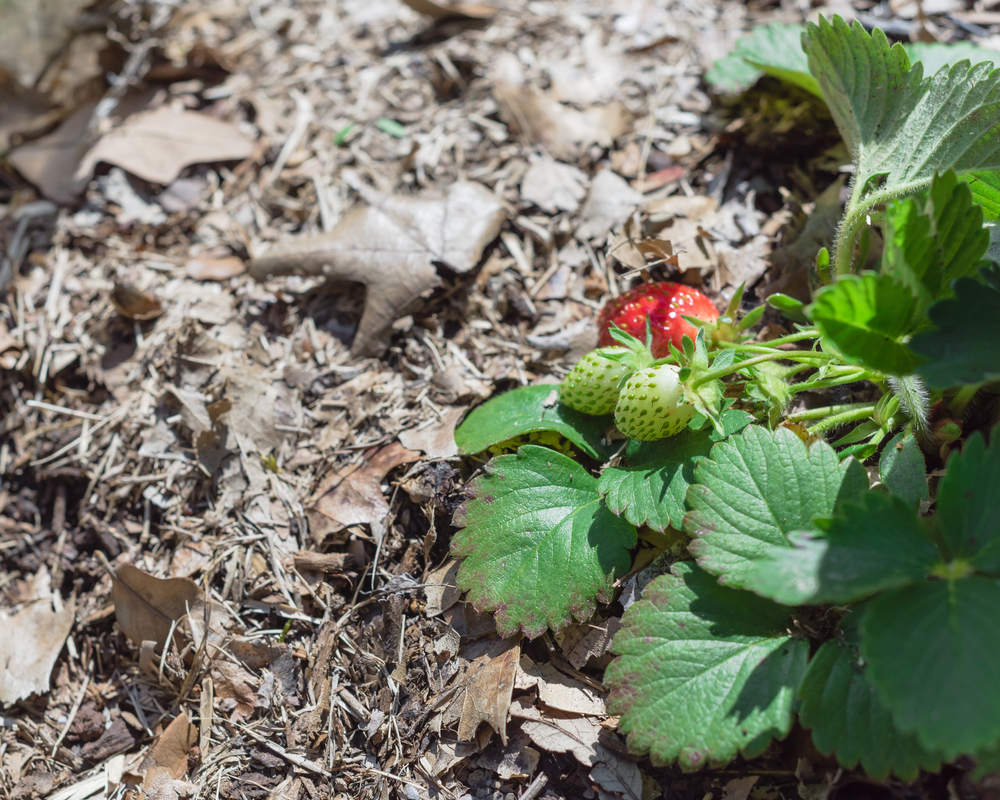
Mulching is a simple yet effective technique to help maintain a healthy strawberry patch. Applying mulch around your plants helps retain moisture in the soil, which is especially important during dry spells. Mulch acts as a protective layer, preventing the evaporation of water and keeping the roots cool. It also helps regulate soil temperature, providing a more consistent growing environment for your strawberries.
In addition to conserving moisture, mulch also prevents weeds from growing, which can compete with your strawberry plants for nutrients and space. Organic mulch such as straw, leaves, or pine needles is ideal for strawberries, as it slowly decomposes and adds nutrients back into the soil. A 2-3 inch layer of mulch around the base of each plant will help keep the soil moist, protect the roots, and reduce weed growth, promoting a healthier strawberry patch.
Water Consistently
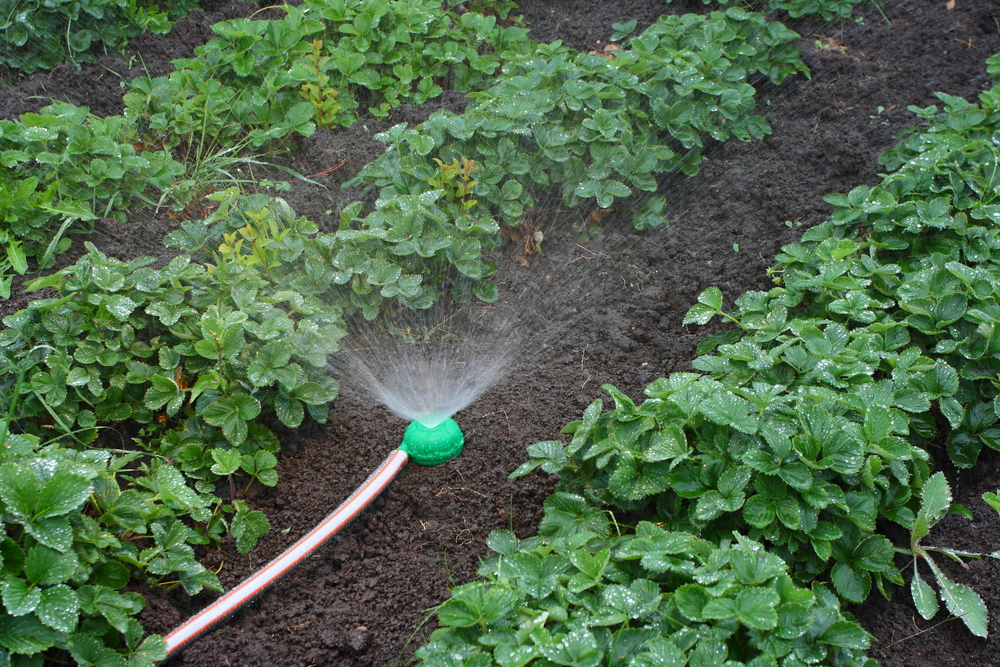
Strawberries need consistent moisture to thrive, but they do not tolerate standing water. It’s important to water your plants regularly, especially during dry periods, but avoid over-watering. The goal is to keep the soil evenly moist, not soggy. Inconsistent watering, such as letting the soil dry out completely and then soaking it, can stress the plants and lead to poor fruit production.
Watering deeply is better than frequent shallow watering. This encourages the roots to grow deeper into the soil, improving the plant’s drought resistance. The best time to water strawberries is early in the morning when temperatures are cooler. This helps the water soak into the soil before the heat of the day causes it to evaporate.
Prune for Healthier Plants
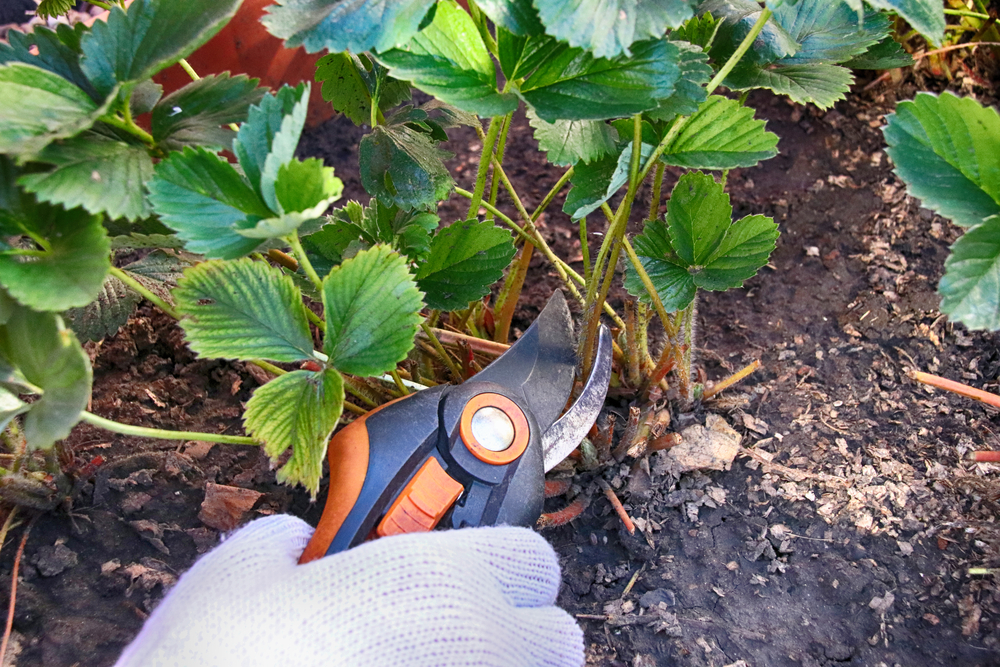
Pruning strawberry plants helps promote healthy growth and better fruit production. Remove any dead, damaged, or diseased leaves to improve airflow and prevent the spread of disease. Regularly trimming the leaves will also allow more sunlight to reach the fruit, encouraging ripening and improving the overall yield.
It is also important to remove any runners that grow excessively, especially during the first year. While runners help propagate new plants, too many can drain energy from the main plant and reduce fruit production. By pruning the runners, you encourage the plant to focus its energy on fruit production rather than spreading itself thin with new growth.
Fertilize When Needed
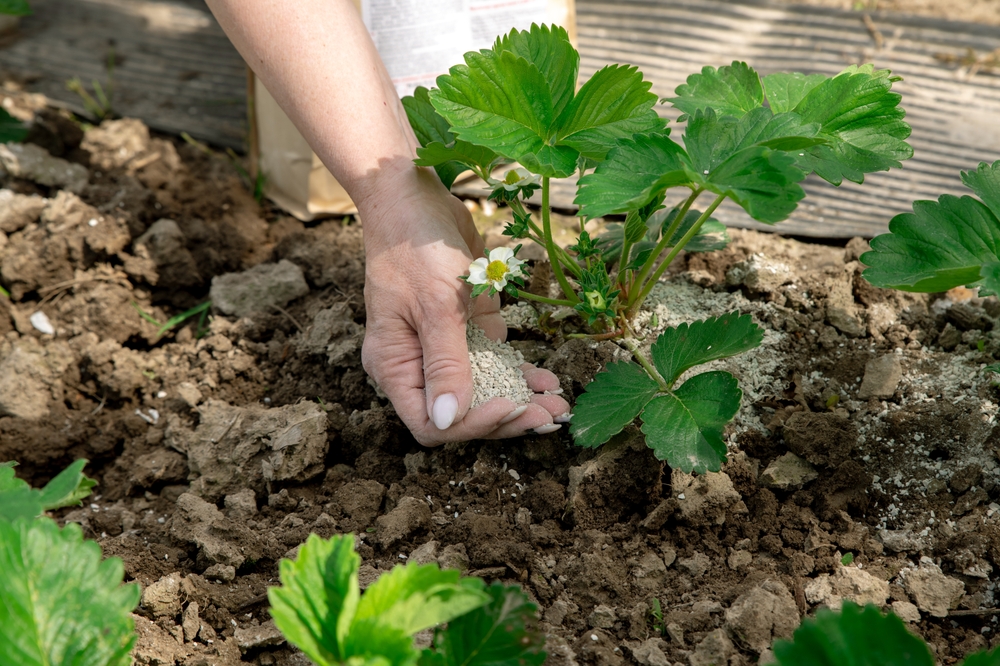
Strawberries benefit from a balanced, slow-release fertilizer to promote strong growth and fruit production. When planting, incorporate compost into the soil to provide essential nutrients. During the growing season, you can feed your strawberry plants with a nitrogen-rich fertilizer to encourage healthy foliage growth, followed by a balanced fertilizer once flowers begin to form. Avoid over-fertilizing, as too much nitrogen can result in excessive leaf growth at the expense of fruit production.
Be mindful of the timing of fertilization. Too much fertilizer applied too early in the season can encourage lush foliage but fewer strawberries. Fertilize your plants when they start to flower, as this is when they need extra nutrients for fruit development. A steady supply of nutrients throughout the season will ensure a healthy and productive strawberry patch.
Use Raised Beds for Better Control
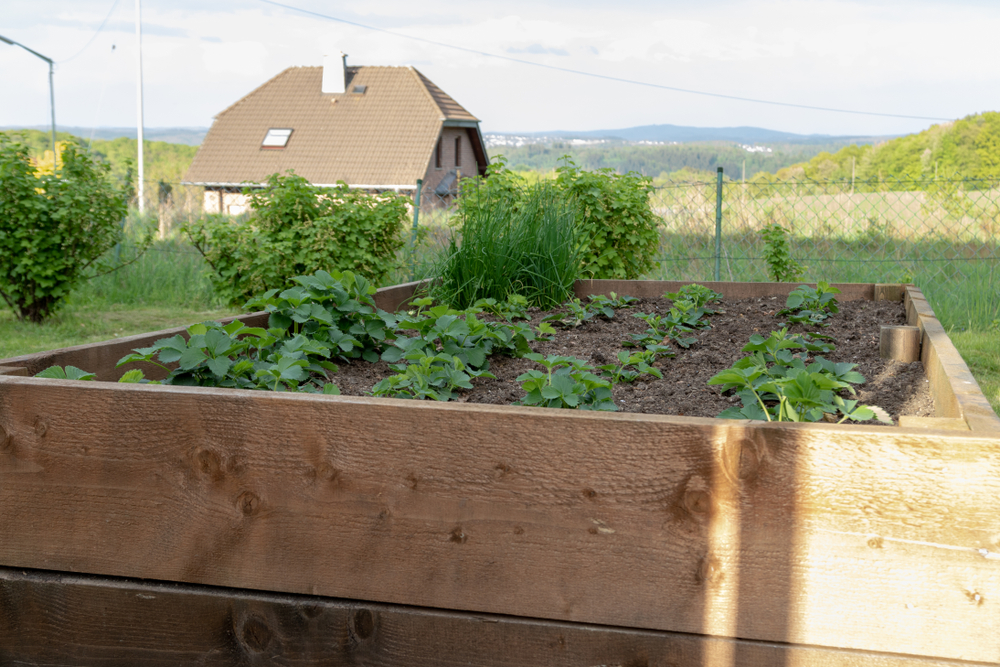
Raised beds can significantly improve the health and yield of your strawberry patch. Not only do they provide better drainage, but they also allow for more control over the soil quality and composition. Raised beds warm up faster in the spring, giving your plants a head start on the growing season. They also provide a barrier to weeds, making it easier to maintain your strawberry patch.
In raised beds, you can add the perfect combination of soil amendments to create the best environment for strawberries. The improved drainage, consistent soil quality, and better air circulation all contribute to healthier plants and more bountiful harvests. Raised beds are a great investment for any strawberry grower, as they provide greater control over growing conditions.
Control Pests and Diseases
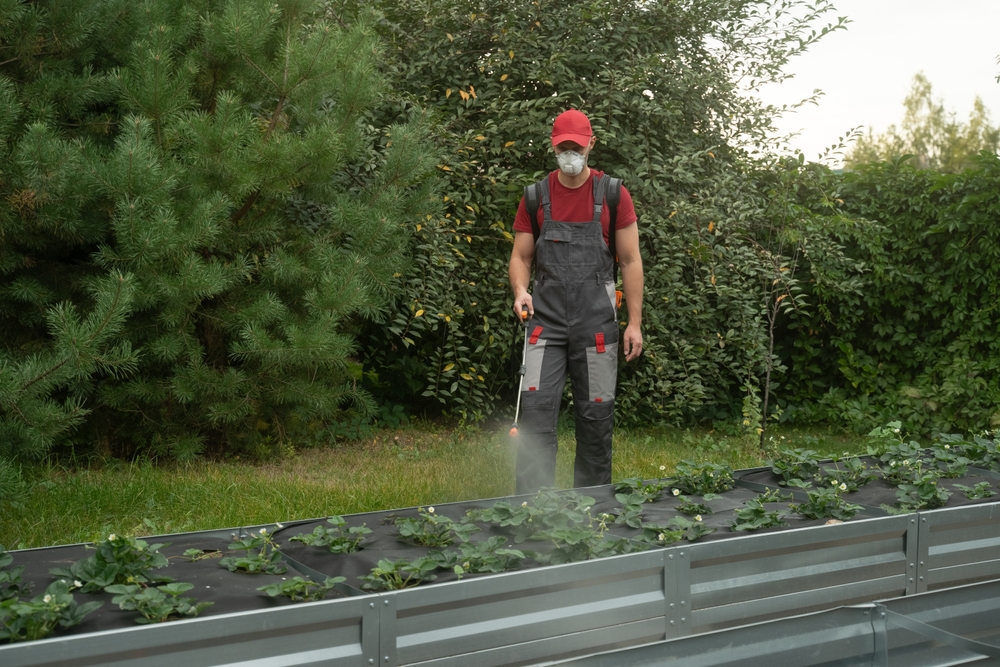
Strawberry plants are susceptible to a variety of pests and diseases, including aphids, slugs, and fungal infections. To prevent these problems, regularly inspect your plants for any signs of pests or disease, such as discolored or damaged leaves. Use natural remedies like neem oil or insecticidal soap to control pests, and ensure good air circulation to prevent fungal infections.
In addition to chemical-free remedies, practice good garden hygiene by removing any infected plant debris and avoiding overhead watering. Overhead watering can splash soil-borne diseases onto the plants, so it is better to water at the base of the plant. Keeping your patch clean and dry will help prevent pests and diseases from taking hold.
This article originally appeared on Avocadu.
